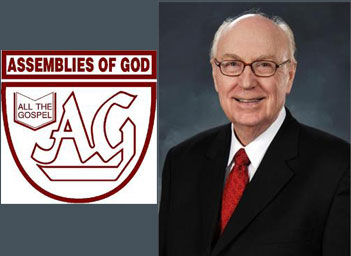
DID the disciples think they saw Jesus after his death on the cross as the result of hallucination or did they really see a resurrected Christ?
Theologian Mike Licona, leader of Risen Jesus ministries, gives an answer to this question in a short video that is part of the “Top 10 Myths about the Resurrection” series that features his teachings on the subject. The ten video clips are available online through apologetics websites, including Credo House Ministries.
“The most common myth pertaining to Jesus’ resurrection is the earliest Christians had visions of Jesus exalted in heaven and the visions were hallucinations,” Licona told The Christian Post via email.
Most Christians “don’t have a clue” how to not only explain the resurrection, but how to defend their Christian faith, he said.
“And we’re paying a price for that in terms of our decreasing influence in Western culture,” he continued. “There are numerous reasons for this state of affairs. Perhaps the primary one is that most Christians don’t require evidence for their faith or try not to dwell on anything that challenges it.”
Licona’s ministry is dedicated to making theology more accessible in order to deepen the faith of Christians.
He starts the video about the hallucination myth by explaining that historians believe there were hallucinogens in the 1st century and there certainly was wine. He then begins to build a case for the possibility of hallucination rhetorically – as if he was defending the position.
“So, maybe they were grief stricken. They took to the bottle, they took drugs. They experienced these grief hallucinations. They thought they were appearances of Jesus, so they hallucinated and were convinced that he was raised from the dead,” Licona says in the video.
Later in the video he says, “Now consider this. The reports we have say that not one, not two, but all 100 percent of Jesus disciples’ experienced a visual appearance of Jesus. This is unthinkable in terms of what we know about hallucinations. It also doesn’t explain his appearance to Paul. Jesus would have been the last person in the world that Paul would have wanted to see.
“So, the hallucination hypothesis suffers from a lot of problems. There are many more,” he concluded. A DVD available on the ministry website explains in further detail how the hallucination view is “utterly unsustainable.”
Some of the other top 10 myths presented in the videos by Licona include subjects titled, “Contradictions in the Bible,” “Pagan Parallels in the Mystery Religions,” and “Apparent Death Theory.”
Licona’s background includes being interviewed by Lee Strobel for his book The Case for the Real Jesus and appearing in Strobel’s video The Case for Christ. Books that he has authored or co-authored include, The Resurrection of Jesus: A New Historiographical Approach, Paul Meets Muhammad, and The Case for the Resurrection of Jesus. He is a member of the Evangelical Philosophical Society, the Institute for Biblical Research, and the Society of Biblical Literature. Christian Post
On the Web: https://risenjesus.com/





















